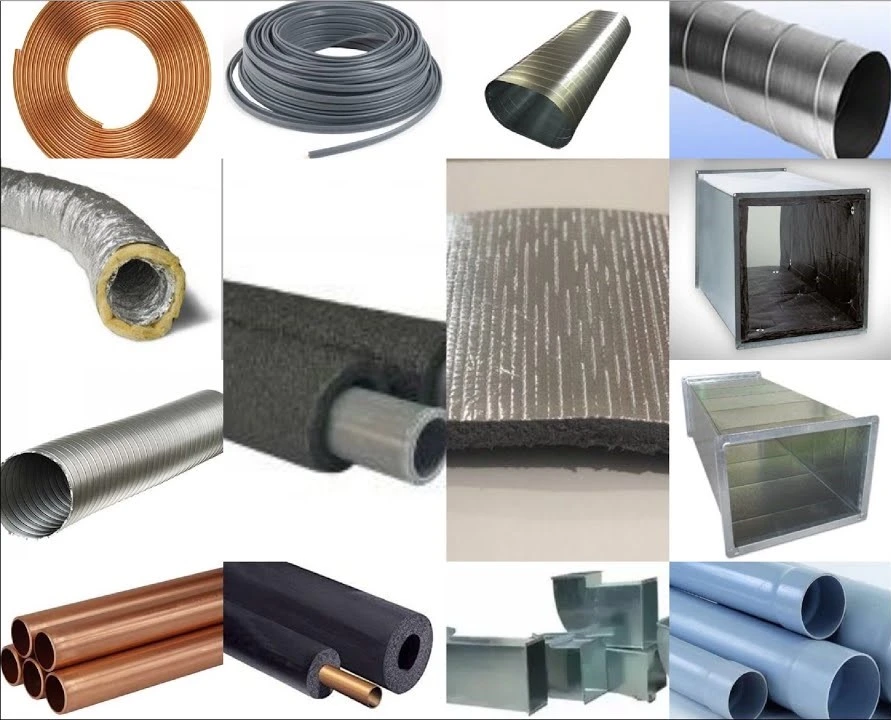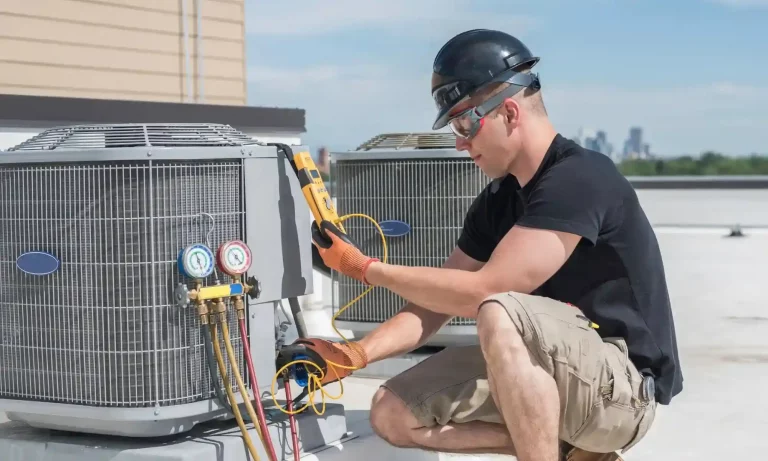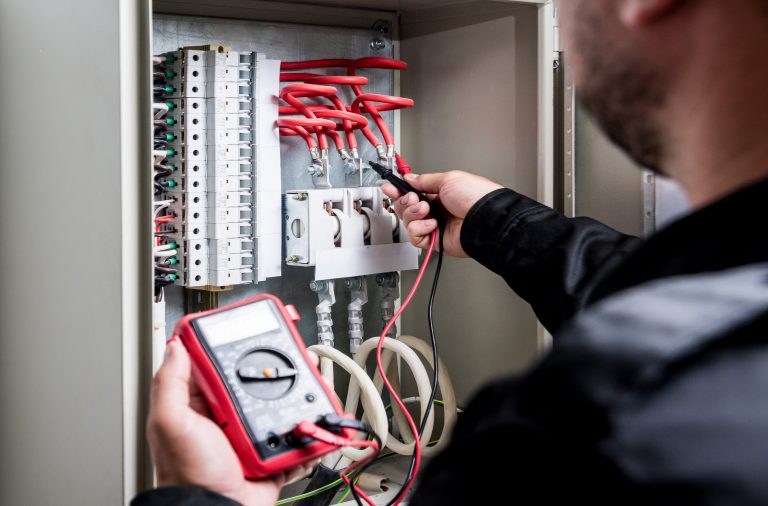Types of Duct Insulation Material and Their Impact on Project Estimation
What are the different Types of Duct Insulation Material, and how do they make a difference? High-end material assures moisture resistance and compliance with various building regulations, but it is costly. Cheaper material may not come with a lot of features, but it is cost effective. So, for the proper functioning of the HVAC system the right type of insulation material must be used.
Duct insulation is also paramount because it maintains the flow of temperature of the air. Properly selected and installed ducts will ensure the optimization of temperature-controlled performance.
Choosing the Right Duct Insulation Material: Common Purposes Explained
The most imperative and common purpose of duct insulation is to prevent the air from escaping. The air can be either hot or cold depending upon the external weather conditions. This will prevent any increase in energy costs while assuring a certain level of comfort for the occupants. Bear in mind, without proper planning unwanted temperature fluctuations can occur. Thus, leading to increased energy expenses.
It is also important to know about the type of insulation if you want to manage costs effectively. Duct Takeoff Services are careful in calculating the quantity of material needed. In this way, you will be able to save costs and attain sustainability in an insulation project.
Various Material Types of Duct Insulation
HVAC duct insulation is available in several kinds. Each of them offers different features. Keeping in mind these features, it is pivotal to consider what are a project’s specific needs.
Let’s delve into various material types for duct Insulation and their impact on the estimation process:
1) Fiberglass
This type of insulation is widely utilized in the HVAC system because of its many features. Not only can it withstand high temperatures but this Material is also good moisture resistant. This feature makes it optimal for both hot and cold climatic conditions. On the other hand, it has a lower proficiency in fire resistance capabilities.
Impact on Project Cost
The estimated cost of this type of Duct Insulation Material is relatively lower as compared to others. The process of installing fibreglass material is easier as well.
2) Mineral Wool
Mineral wool is made up of molten rock with glass. It can provide a high temperature as well as fire resistance abilities. Because it is made with glass, it is also moisture resistant, making it a perfect choice for a damp environment.
Impact on Project Cost
In the case of mineral wool duct Insulation, experts have to be extra careful. This material can be expensive as it is made from various elements. Also, the process of installing mineral wool is complex, which can be a contributing factor in the estimation process. HVAC Estimating Services include material, labor, and equipment costs on the estimate to create a comprehensive and detailed budget. Remember, these insulation-specific costs are one component of the broader duct fabrication costs you’ll need to budget for. Mineral wool also requires certain specific equipment for installation and training. Therefore, it’s vital to create a budget first.
3) Spray Foam
This is one of the most flexible duct insulation material types. It is capable of enduring high temperatures as well as providing moisture properties. These features combined make it a suitable choice for cold atmospheric conditions. On the other hand, its high endurance also makes it fire-resistant.
Impact on Project Cost
Among numerous duct insulation material, Spray Foam is easy to install thus labor estimated costs will be less. The Installation process itself is also not a complex one. Therefore, it is cost-effective and can be easily installed. Building on that, Spray Foam has become popular in commercial as well as industrial projects. This is because of its easy installation process.
4) Polystyrene
There are two main Duct Insulation material for polystyrene. One is expanded and the other is extruded. Expanded polystyrene is known for its moisture-resistant qualities. Thus, making it an ideal choice for damp conditions. But if we talk about fire resistance, it is recommended not to use the expanded type.
Extruded version of Duct Insulation Material on the other hand offer the feature of temperature and fire resistance. Also, its moisture-preventing features are also up to the mark.
Impact on Project Cost
Expanded polystyrene is cost-friendly and easy to install. It is mostly used in cold environments. Thus reducing the costs of energy to a great extent. On the other hand, extruded types are expensive to install. Proper guidelines must be followed in the installation process. On top of that, special tools are also required for its installation. Thus, increasing the estimated costs as well.
5) Mineral Wool
In the Types of Duct Insulation Material, mineral wool is made up of molten rock with glass. It can provide a high temperature as well as fire resistance abilities. Because it is made with glass, it is also moisture resistant making it a perfect choice for a damp environment.
Impact on Project Cost
Mineral wool is produced using molten rock and glass, providing superior fire resistance and heat tolerance. It is highly resistant to moisture, making it perfect for wet areas, with the ability to last and function even in humid environments.
6) Foam Boards
Providing a higher R-Value, it is an effective insulation to tackle the problem of moisture. Thus, making it an optimal choice for humid conditions.
One drawback of this type of Duct Insulation is that it is less durable than fiberglass and is highly flammable.
Impact on Project Cost
The high R-Value of foam boards gives them superior thermal insulation and moisture resistance, making them a best option for humid environments. Still, they are less resistant to wear than fiberglass and very flammable, and this might be a disadvantage in some uses.
7) Reflective insulation
These Duct Insulations are highly effective for areas which are hot as they are capable of keeping the ducts cool by reflecting the heat away.
Their performance efficiency will drop in colder areas, and also they are their compatibility is less with other types of insulation
Impact on Project Cost
Reflective insulation is especially useful in warm climates because it reflects heat away from ducts, making them cooler. Its performance is reduced in cold climates, and it does not perform well when used with other forms of insulation materials, which restricts its versatility.
What Role Does Estimating Software Play?
What kind of duct Insulation material is selected? it is important to apply some softwares in the estimation process. This softwares polishes your strategies and elevates the prospects of accuracy in the estimates.
Professional Material Takeoff Services use AI powered software to create estimates. SMA MEP Estimates use FastPipe, FastDuct, Planswift, Bluebeam, etc. It makes the process of takeoff fast and most importantly precise. This digital method of performing material takeoff is manyfold better than the traditional manual method. It is free from human error, so the numbers are always precise, provided that the software is used accurately.
Closing Remarks
In conclusion, there are various duct insulation materials available. Each of them possesses a unique set of features. You need to be thorough in the selection process. You must ensure that all the important factors have been considered for an HVAC Insulation process. This article will help you in this regard. This article discusses in detail some of the most commonly used materials for duct Insulation, along with their impact on the process of a project’s estimation.







